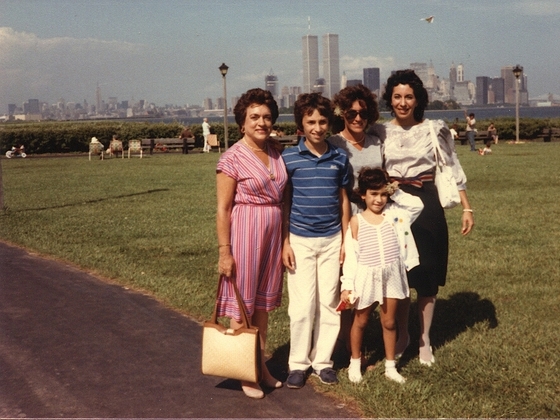Preservation of still and moving imagery
by Mary Borowy

Since the enhancement of digital photography at the turn of the 21st century, uses of traditional 35mm film cameras and related film formats taking casual pictures for personal non commercial usage has dropped in convention to favor for digital photography, either through dedicated digital camera devices, or through cell phones that can capture images affixed to JPEG and related computer based files. Because of the spontaneity of taking said images through dedicated cameras and phone appliances, many images captured by these electronic elements are saved by the user that would be stored within a hard drive or a “cloud” based application for future retrieval. Images that are not desired by the user are permanently deleted.
In the traditional method of taking pictures through a camera device that uses light sensitive film properties, any photo taken is permanently exposed and affixed onto the film strip. Once developed, a negative is created of all images captured that can be printed on to photo paper. (Photos taken as 35mm and other size formatted transparent slides are not printed onto paper stock, although this process is possible to execute.) Such images taken are usually kept by the user and/or owner(s) of the photos that are stored through many methods, from placing said photos into an album, placed within a photo frame for display, or perhaps stored inside of a container. (Cardboard box, etc.) Over time and tide, these photos, with the assumption that they were stored in ideal physical environments and conditions (cool dry location, away from excessive heat, dampness, and humidity) are kept by the user and/or the user’s estate or domain for multiple generations.
This project is to take existing photographic elements (print photos, negatives, 35mm slides, etc.) and to preserve them by either reprinting paper based photos from existing prints and negatives, or to take said print pictures and negatives and digitize those in order to be part of the digital image domain. This method’s purpose and functions is to preserve its unique history of the domestic lifestyle set place within the 20th century as these type of photos normally depict. Non commercial photos taken in the late 19th century (1880-1900) will go within the same preservation process.
Once digitized and/or reprinted, all photographic components will be made available and fully accessible by any individual or institution for both academic research study and/or for personal amusement. If a party and/or company desires to use said images for a commercial for-profit operation, (republished in a book, periodical, or through electronic media), any monitory fees and tariffs paid by the interested party or parties for said use would go to either the surviving estate(s) owning the photos, or retrieved back to this author where such funds would be used for further and existing preservation purposes and related applications.
Los Angeles, CA, USA!
This project is to take existing photographic elements (print photos, negatives, 35mm slides, etc.) and to preserve them by either reprinting paper based photos from existing prints and negatives, or to take said print pictures and negatives and digitize those in order to be part of the digital image domain. This method’s purpose and functions is to preserve its unique history of the domestic lifestyle set place within the 20th century as these type of photos normally depict. Non commercial photos taken in the late 19th century (1880-1900) will go within the same preservation process.
See Campaign: https://www.mumzy.com/en/projects/24985-Preservation-of-still-and-moving-imagery
Contact Information:
Mary Borowy
Tags:
MUMZY, Family, Consumer, Donation, United States, English, Digital Media, California, Computers and Software, Media & Entertainment, Industry verticals, Regions, Types of Crowdfunding deal, Language

Source: icnw
